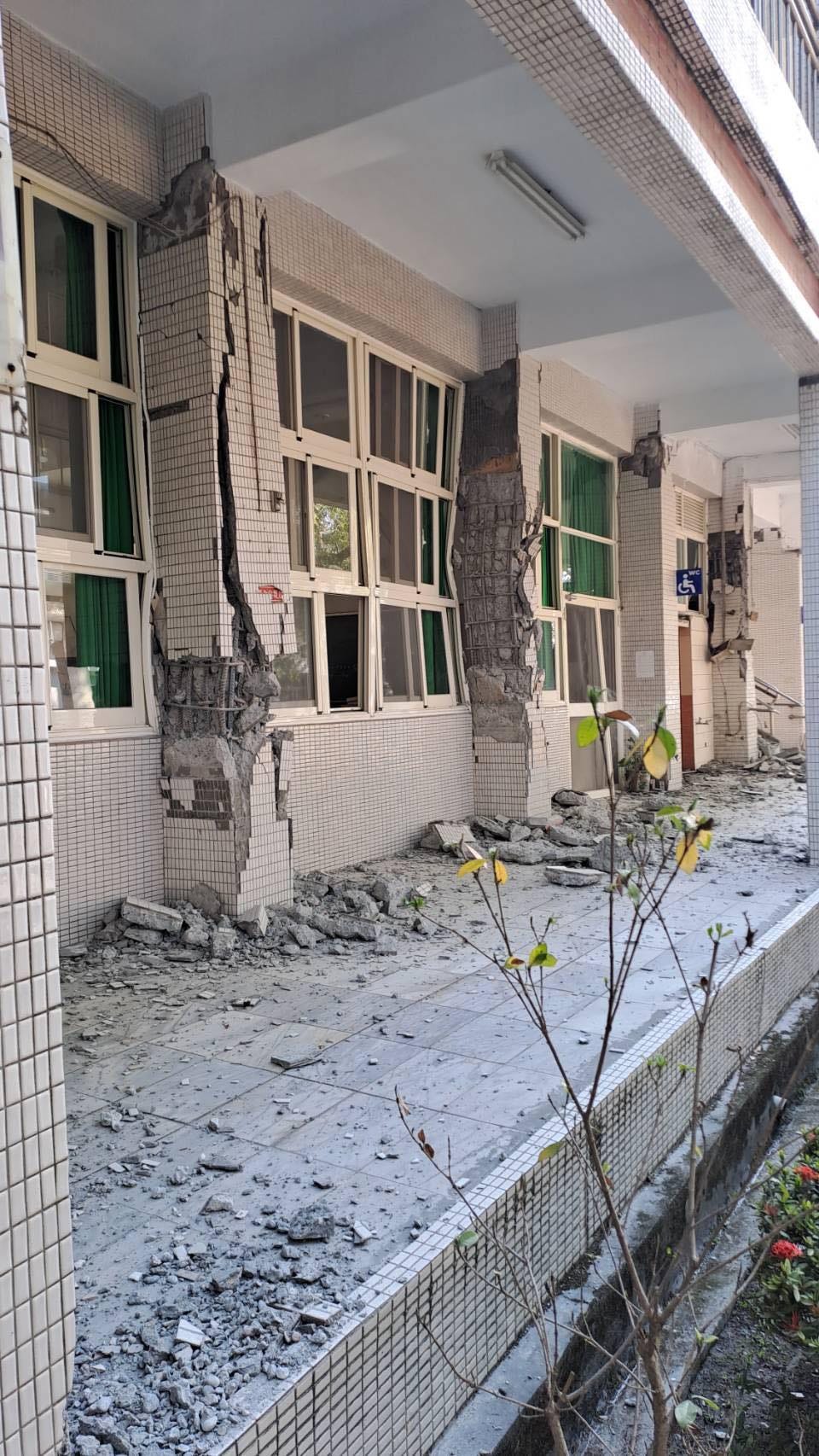The Earth Buffalo Flips Over
Shaken by an earthquake; plus events and book club.
Hello dear readers,
Albert and Michelle here. Thanks to all who reached out. In case you haven’t seen the news, on Wednesday there was a huge earthquake in Taiwan, measuring 7.5 on the Richter scale, which experts measure to be about the power of thirty-two atomic bombs. The epicenter was close to Hualien, my (Albert’s) family’s hometown. Almost all of the worst damage affected Hualien—roads and trails destroyed by landslides, places we’ve visited multiple times in the past year. Here are photos of my mother’s high school:
But we’re all okay, and all our extended family is fine too. Our thoughts go out to the thirteen people who died, the 1,135 people who were injured, those who lost their homes, and the hundreds still trapped or missing. We are also grateful for the search-and-rescue teams that are still working tirelessly to find survivors.
Like most people in Taiwan, we were particularly s…





